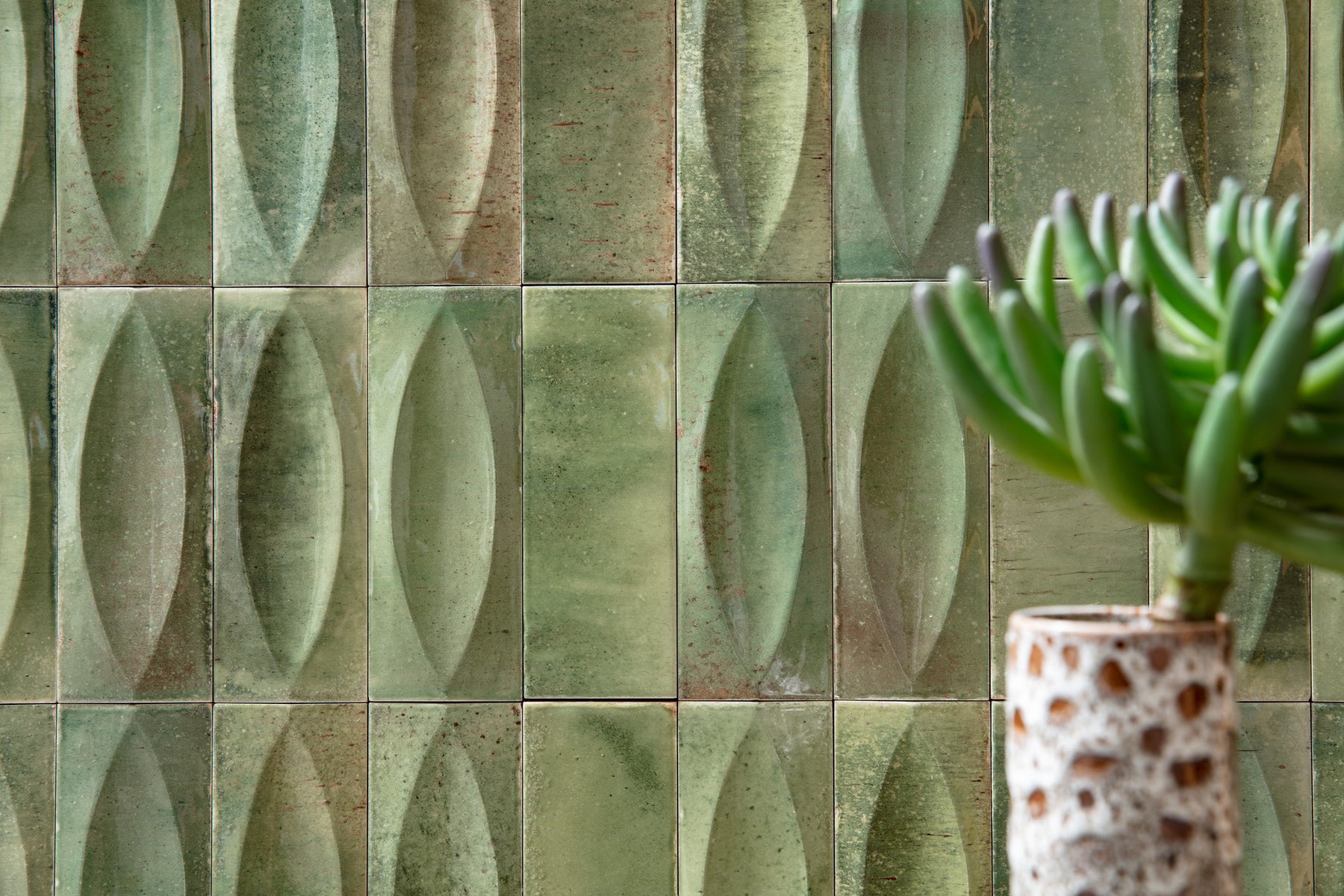
Tile Precision Unveiled: A Guide to Choosing Between Rectified and Non-Rectified Tiles
Selecting the perfect tile involves more than just colors and patterns. Let’s delve into the crucial factor of rectified vs. non-rectified tiles, exploring their characteristics, advantages, and considerations to help you make informed decisions for your next tiling project.

Understanding Rectified Tiles:
Rectified tiles undergo precise cutting or grinding after firing, resulting in perfectly straight and smooth edges. Achieving uniform dimensions and sharp angles, rectified tiles aim for a clean, modern look by minimizing variation between tiles.
Advantages of Rectified Tiles:
- Precise Installation: Achieve tight grout lines and a seamless appearance for precise installations.
- Modern Aesthetics: Ideal for modern and contemporary designs with clean lines and minimal grout.
- Versatility: Suitable for large-format tiles, ensuring precise alignment for a polished finish.

Understanding Non-Rectified Tiles:
Non-rectified tiles maintain their natural, pressed edges post-firing, offering a more organic and rustic appearance. Beveled or rounded edges and slight size variations add character to the design.
Advantages of Non-Rectified Tiles:
- Traditional Charm: Perfect for traditional or rustic aesthetics, creating a warm and inviting ambiance.
- Ease of Installation: Forgiving during installation, ideal for DIY enthusiasts or spaces with a relaxed look.
- Cost-Effective: Often more budget-friendly than rectified tiles, making them attractive for cost-conscious projects.

Considerations for Choosing Between Rectified and Non-Rectified Tiles:
- Design Style: Consider the overall style; rectified for modern appeal, non-rectified for traditional charm.
- Installation Precision: Choose based on the precision required; rectified for tight grout lines, non-rectified for flexibility.
- Budget Constraints: Weigh the benefits against expenses; rectified may be pricier due to additional processing.
The choice between rectified and non-rectified tiles significantly impacts aesthetics and installation. Whether opting for the precision of rectified or the charm of non-rectified, understanding the differences empowers informed decisions aligned with design preferences and budget. Both tile types offer unique advantages, ensuring versatility for various styles and applications. Explore Urban Coast Tile for your perfect tile solution.


